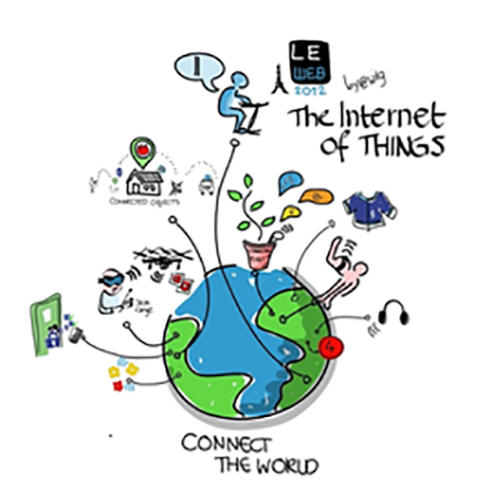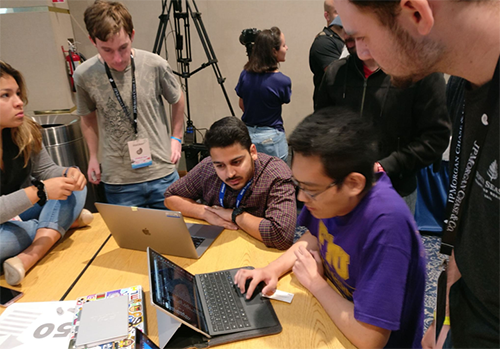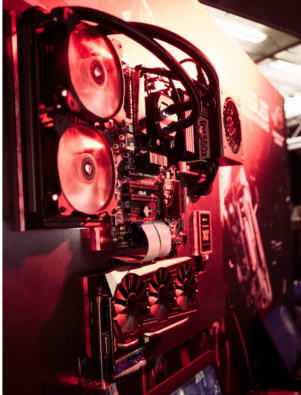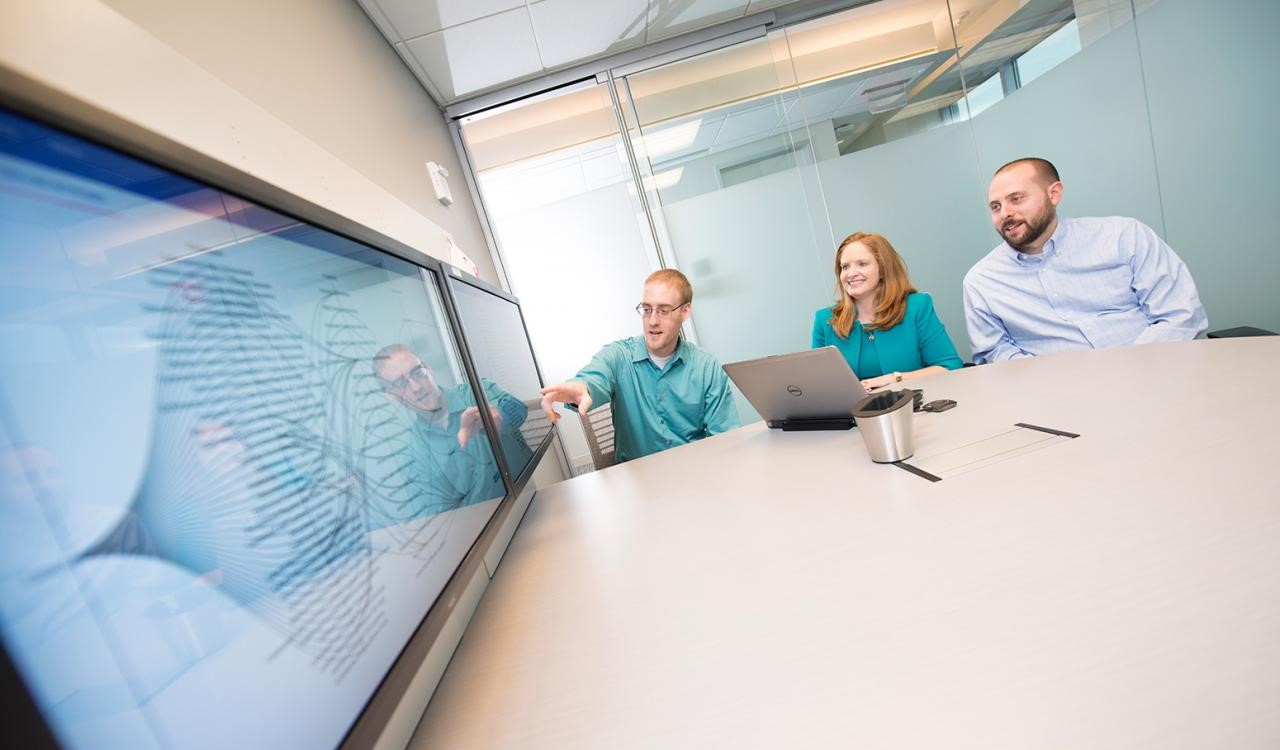
International Cyber Capacity Building
Principal Cybersecurity Engineer Cynthia A. Wright discusses how MITRE has supported numerous developing countries through international cyber capacity building.

Principal Cybersecurity Engineer Cynthia A. Wright discusses how MITRE has supported numerous developing countries through international cyber capacity building.

Considered the first Internet of Things (IoT) device, the toaster John Romkey created could be turned on and off over the Internet during the October ’89 INTEROP conference! Since then, more people have begun to use IoT devices. Simply put, IoT connects devices with the Internet, from things as simple as smart light bulbs and coffee makers to things as complicated as robots and drones.

Cars field more than 100 sesors. All these sensors turn our automobiles into mobile Internet of Things (IoT) devices. With on-board computers providing a vast number of functions, including mobile communication and entertainment systems, most cars today can also perform limited auto-piloting, communicate with nearby cars, and transmit sensor data over the internet. All of these activities are made possible because of increasing deployment of 5G.

Instead of hitting the beach over the third weekend in September, more than 1,000 students from several Florida and southeast universities loaded up on caffeine, went without sleep, and were driven by a “will to do good.”

Somewhere on a whiteboard in a classroom at the Universities of Shady Grove, swims a fish. Drawn in black marker, complete with a fedora, sunglasses, and a goatee, the sketchy-looking ichthyoid intones into a word bubble…

Is artificial intelligence (AI) the way of the future… or already the way of the present?
Applications of AI surround us in our daily lives – ever use an app to get around traffic? How about checking your social media feeds? As our society integrates AI into our daily lives, it’s important to note that the upcoming generation has always lived with AI.

Guidance developed with FDA outlines preparedness and response recommendations for healthcare delivery organizations and others.

You are part of the design team tasked with implementing a modern chip-and-PIN ATM system for your newest customer: a large banking chain. The bank has contracted an outside firm to design the user interface of the ATM and wants to maintain the existing bank administration software they currently use…

Chances are, you’ve interacted with an embedded system today. Did you use a thermostat? How about a car? Or maybe a mobile phone? Or a television, a game console, an elevator, a train, a pacemaker?…



Collaboration systems are traditionally all about enabling users to share information. Usability is paramount: the easier it is for users to share within a tool, the more powerful and successful the tool is considered to be. Somewhat the opposite applies to security systems, as they are often considered most successful when parties are prevented from sharing something. Yet these two considerations, seemingly at odds with each other, are both essential to functioning systems in the real world.